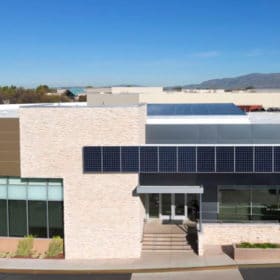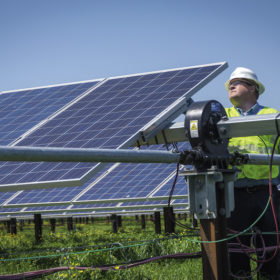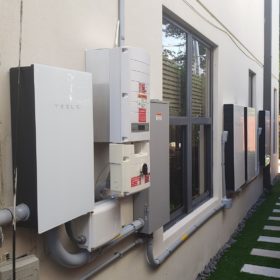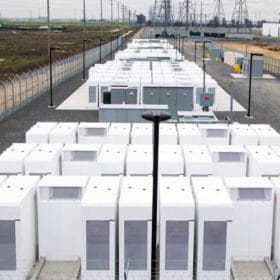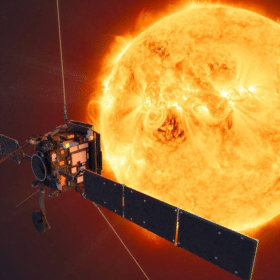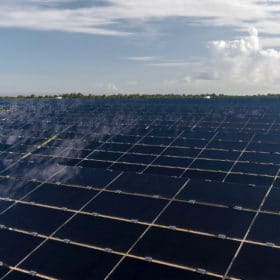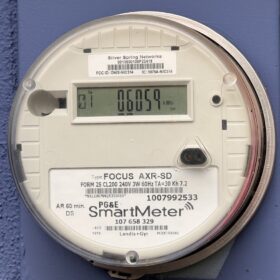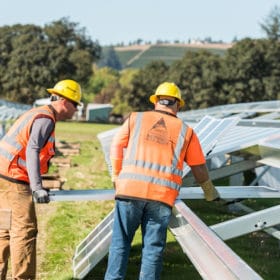Morning Brief: Role of gas as a bridge fuel in US ‘just got shorter and narrower’
Also in the brief: Trina Solar completed its acquisition of Spanish solar tracker company Nclave, Plus — A Florida county board denies a zoning exemption for a 650-acre solar project in a predominantly Black community after some residents said the proposal constituted environmental racism.
The net metering debate comes to a head in Florida
After one state rep and utility front group attacked the state’s net metering policy, Florida regulators have decided to hold a workshop where opponents and proponents alike can hash out their arguments, with the life of the program potentially hanging in the balance.
Morning Brief: Ex-DOE Secretary Rick Perry’s natural gas scam fails, Net metering at risk in Florida
Also in the brief: Jacked-up vendor curves, and Major League Soccer goes solar.
Morning Brief: SunPower and Maxeon are now independent companies, a battery can sell three types of products
Also in the brief: More financing news on Longroad’s 331-MW Prospero 2 solar project in Andrews County, Texas, Duke Energy storage projects abound, and solar on military housing.
For lower-cost Southeast power, double the solar and add wholesale power trading
A lower-cost grid would reach 22% renewable generation in 2040, compared to the 5% currently planned by Southeastern utilities, says a study from Energy Innovation and Vibrant Clean Energy. Wholesale power trading through an independent system operator would also help reduce costs.
Advocates challenge Florida utilities’ gas-heavy 10-year plans
“Considering how off-track current plans are from where the science tells us we need to be to address the climate crisis, these plans are not in the best interest of Floridians,” says the Southern Alliance for Clean Energy. Stranded gas assets could raise customer bills, the group notes.
Goldin Solar gives a look at Tesla’s newest energy management offering
pv magazine spoke with Goldin Solar CEO Daren Goldin about what sets the new Tesla Backup Gateway 2 apart from its predecessor and what it means for the future of distributed energy management.
PG&E, Tesla begin construction on one of the world’s largest batteries
With 182.5 MW and 730 MWh of capacity and expansion capabilities that would bring it to 1.1 GWh, the Moss Landing battery energy storage system is set to be even bigger than Tesla’s Hornsdale project in Australia, as big-battery development takes off worldwide.
Morning Brief: Closest pictures of the sun, while on earth — McDonalds opens solar-powered, zero-emissions restaurant
Also in the brief: GRU and Origis Energy announce a PPA for a new 50-MW solar project, and cooling solar panels with KAUST’s hydrogel.
Duke Energy Florida files for a new customer purchase program, hesitates to call it community solar
The program will allow customers to subscribe to blocks of energy generated by nearly 750 MW of new planned capacity in sunshine state. And while Duke has not yet called the program community solar, some partners have, which could prove to be a dangerous misnomer.



